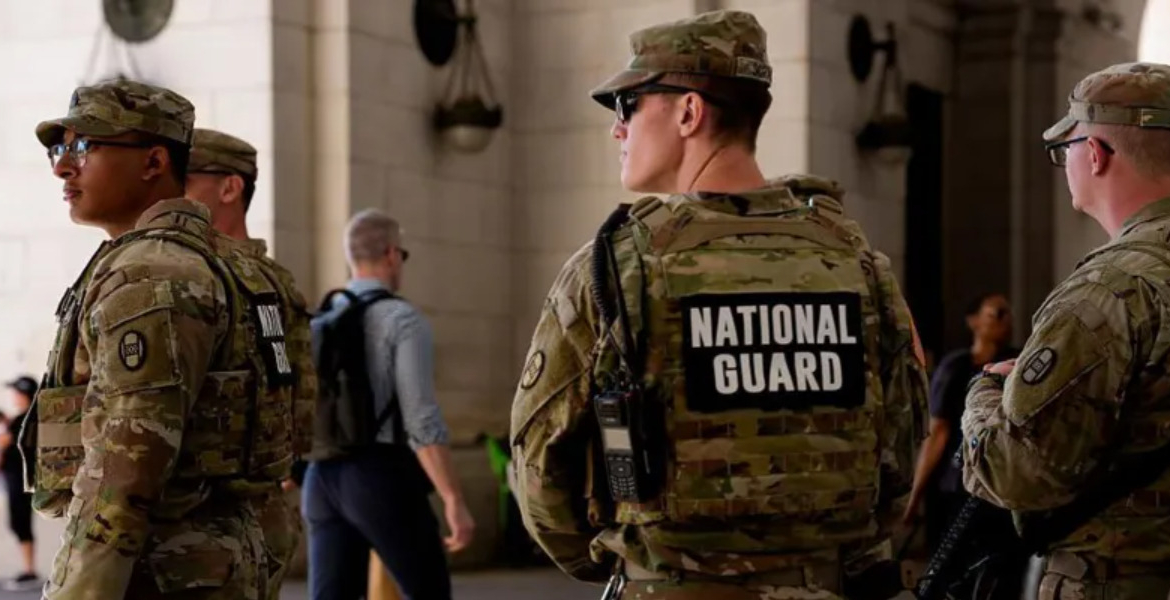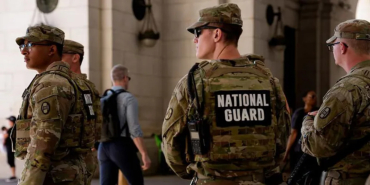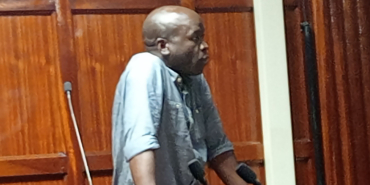Why is Trump Sending National Guard Troops to American Cities?

President Donald Trump’s deployment of National Guard troops to US cities has raised significant legal and political challenges, with questions emerging over the extent of executive power and military involvement in domestic affairs.
Trump's use of federal National Guard troops, traditionally under state control, has drawn opposition from local authorities and prompted several legal battles. The most recent conflict unfolded in Portland, Oregon, following protests outside an Immigration and Customs Enforcement (ICE) facility.
Trump sought to federalise the state's National Guard and transfer troops from California to assist, but US District Judge Karin Immergut blocked both moves, citing concerns over bypassing state authority. The legal basis for such federal deployments rests on a seldom-used statute, 10 US Code 12406, which allows the president to call National Guard units into federal service during emergencies like invasion or rebellion.
Trump has invoked this provision to justify sending troops to Democratic-run cities, claiming that increasing crime and disorder demand federal intervention. In June, he authorised the deployment of 2,000 National Guard personnel to support ICE operations, and more recently, 300 troops were sent to Chicago amid immigration protests.
Critics argue that these actions exceed the legal limits set by the Posse Comitatus Act, a long-standing law that restricts military personnel from enforcing domestic laws. Although National Guard troops can assist in emergencies under state control, their federalisation complicates their role in law enforcement, as shown by a federal court ruling that Trump’s deployment of California National Guard members in Los Angeles violated the Act.
Governors of the affected states, including Gavin Newsom of California and JB Pritzker of Illinois, have strongly opposed the deployments and taken legal action, accusing Trump of politicising the military. Oregon’s Governor, Tina Kotek, also rejected the portrayal of Portland as a city in chaos, arguing there was no national security threat.
The Portland protests, sparked by Trump’s deportation policies, involved clashes between demonstrators and federal officers, with reports of arrests and the use of tear gas. However, the level of unrest did not align with the president’s description of Portland as “burning down.”








Add new comment